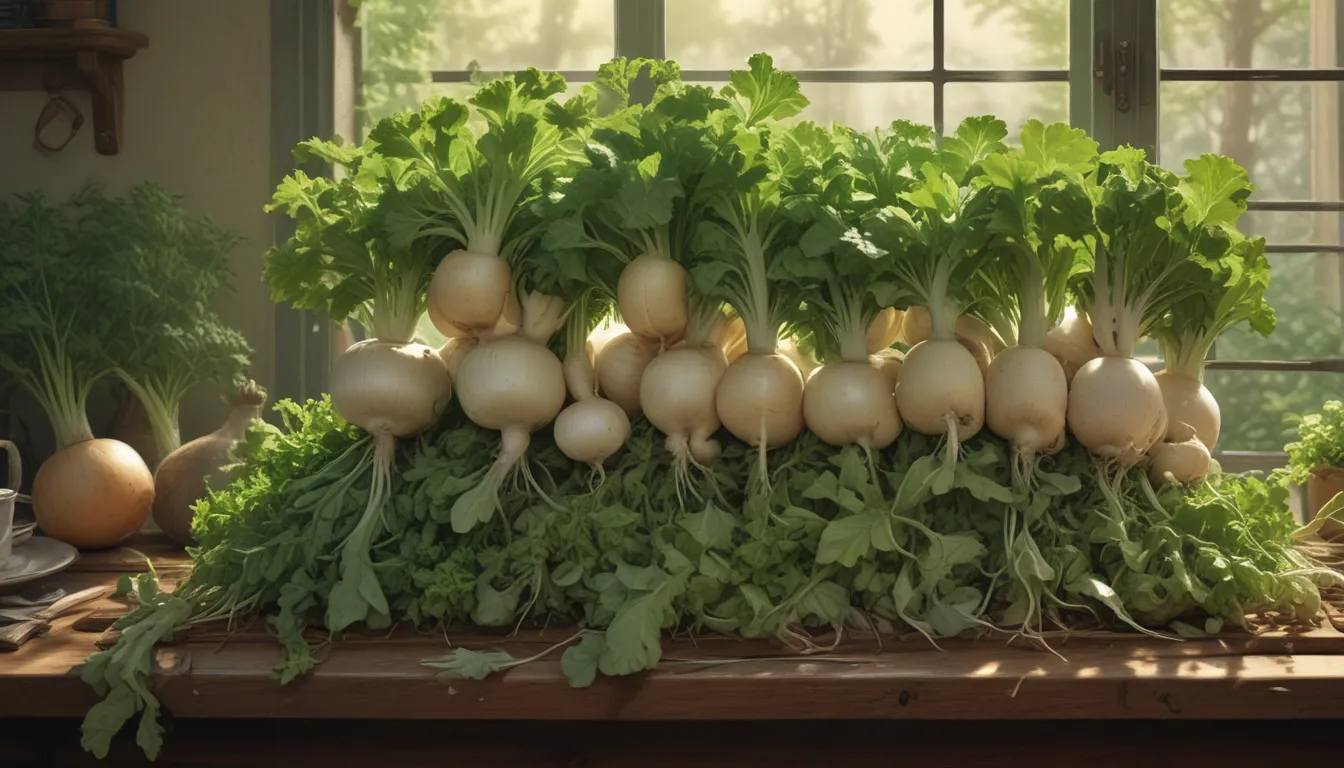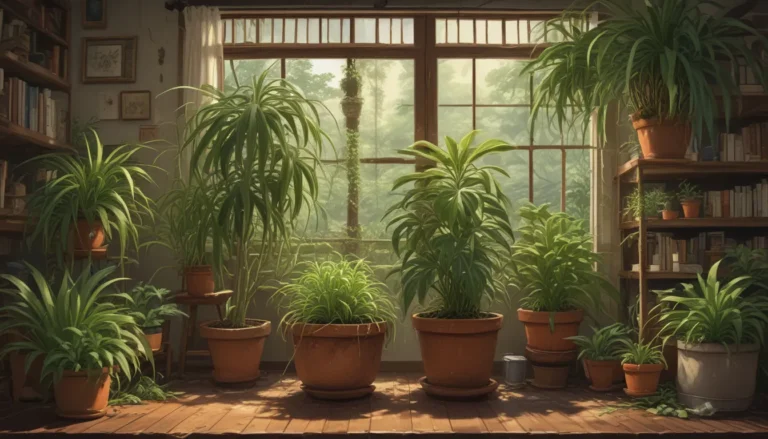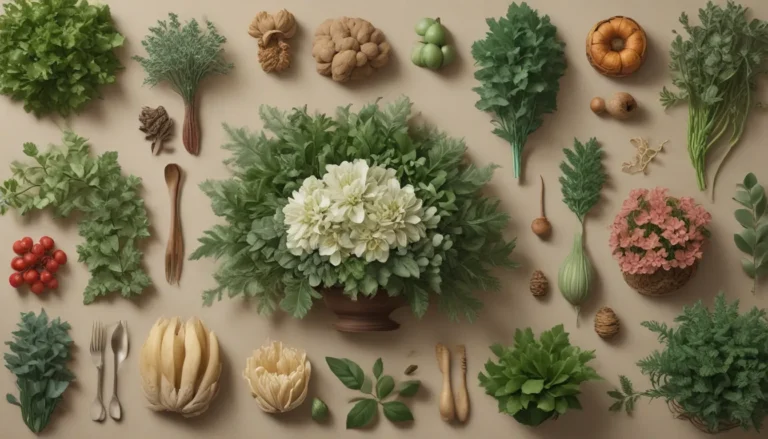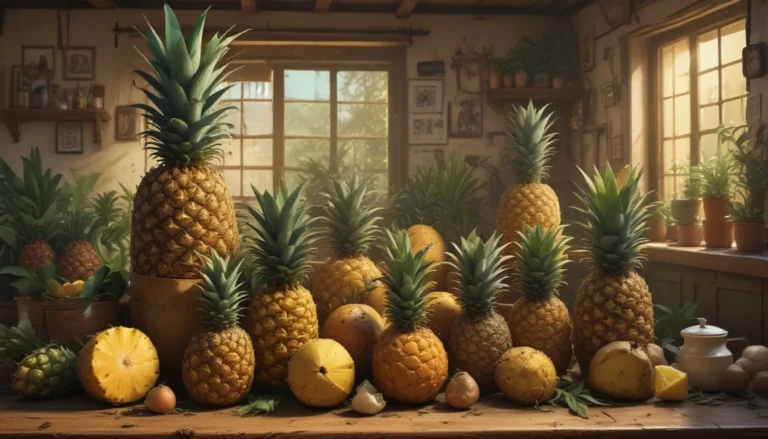A Complete Guide to Growing Tasty Turnip Greens at Home

Growing turnip greens at home can be a rewarding and delicious addition to your garden. While often overshadowed by their roots, turnip greens are a versatile and nutritious vegetable that can thrive in cooler weather. In this comprehensive guide, we’ll cover everything you need to know about cultivating, harvesting, and preserving these underappreciated greens.
The History of Turnip Greens
Turnips have a long history of cultivation, with origins traced back to eastern Asia and the Middle East. While the roots were traditionally the focal point, the leaves have also been utilized for centuries. Ancient Romans even used turnip roots as projectiles during disagreements, showcasing the plant’s multifaceted uses. Turnip greens continue to be popular in the Southern US, where their unique flavor and versatility shine.
Propagating Turnip Greens
Turnip greens are a cool-weather crop that thrives in temperatures ranging from 40°F to the low 60s. Whether planting from seed or seedlings, it’s essential to choose a location that receives partial to full sun. Keep the soil moist but not waterlogged to ensure healthy growth. Options such as using compostable pots for indoor seed starting can minimize root disturbance and promote successful germination.
Selecting Cultivars
While most turnip varieties can be used for their greens, selecting cultivars specifically developed for foliage can result in better-tasting and more tender leaves. Popular options like ‘Alamo,’ ‘Seven Top,’ and ‘Southern Green’ offer unique flavors and characteristics tailored for top production. Experimenting with different cultivars can help you find the perfect fit for your growing conditions and culinary preferences.
Managing Pests and Diseases
Turnip greens are relatively resilient to pests and diseases compared to other cole crops. However, herbivores like deer, rabbits, and voles can pose challenges to your garden. Implementing strategies like fencing and repellents can help deter these pests. Common insect pests such as aphids and flea beetles can be controlled with organic pesticides and cultural practices. Being proactive in identifying and addressing pest and disease issues is crucial to maintaining a healthy crop.
Harvesting and Preserving
Harvesting turnip greens at the right stage of maturity can enhance their flavor and texture. Depending on the cultivar, greens are typically ready for harvesting in 45 days. Opting for cut-and-come-again varieties allows for multiple harvests throughout the growing season. Properly storing fresh leaves in the refrigerator or freezing them can extend their shelf life and ensure you have a supply of nutritious greens all year round.
Recipes and Cooking Ideas
Turnip greens offer a peppery and robust flavor that complements a wide range of dishes. From salads to braised dishes, these greens can be incorporated into various recipes to add depth and nutrition. Consider trying classic recipes like braised turnip greens with pork knuckles for a savory and comforting meal. Experimenting with different cooking methods can help you discover new ways to enjoy the unique flavors of turnip greens.
Quick Reference Growing Guide
For a quick overview of essential growing information, refer to our quick reference guide below:
- Plant Type: Leafy green vegetable
- Maintenance: Low
- Native to: Asia, Middle East
- Hardiness (USDA Zone): 2-9
- Season: Spring, fall, winter
- Exposure: Full to partial sun
- Time to Maturity: 30-60 days (depending on variety)
- Spacing: 4 inches
- Height: Up to 18 inches
- Water Needs: Moderate to high
- Common Pests and Disease: Deer, rabbits, voles; Aphids, flea beetles, slugs, snails; Various fungal, viral, and bacterial diseases
- Variety: Rapa
Conclusion
Turnip greens are a versatile and flavorful addition to any home garden. By following the cultivation, harvesting, and cooking tips outlined in this guide, you can enjoy a bountiful harvest of nutritious greens throughout the growing season. Experiment with different cultivars, recipes, and preservation methods to fully experience the unique qualities of turnip greens. Share your experiences and favorite recipes in the comments below to inspire others to explore the world of homegrown turnip greens. Happy gardening!





